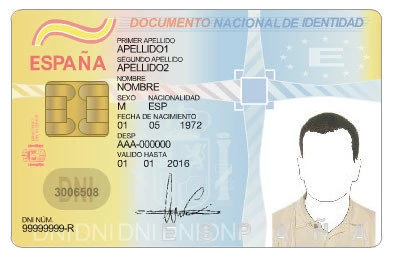Líneas Romero
Lanzarote
Discover the island of volcanoes
Lanzarote, known as “the island of 100 volcanoes”, is a one-of-a-kind place in the world that’s simply captivating for its energy, unique architecture and landscapes. It’s the perfect destination for lovers of nature, water sports and dreamy beaches. With Líneas Romero, you can enjoy this wonderful island of the Canary Islands and travel to its neighbouring islands – La Graciosa and Fuerteventura – thanks to its modern ferry fleet.

A paradise, World Biosphere Reserve
Declared a Biosphere Reserve in 1993 by UNESCO, Lanzarote is an island beyond compare with its volcanic landscapes, quaint villages and dreamy beaches that everyone falls in love with. It’s the third most populous island of the Canary Islands and the fourth largest in terms of size. Located to the northeast of the archipelago, it has a population of about 145,000 inhabitants and an area of 845.94 km².
One of the things that make Lanzarote so attractive is its climate. It’s always spring on this island, with sunshine and temperatures ranging from 17 to 24 degrees Celsius. Thus, it has a dry subtropical or subdesert climate. And it’s no wonder, as Lanzarote is in the Atlantic Ocean, about 100 kilometres from the African continent, at the same latitude as the Sahara Desert.
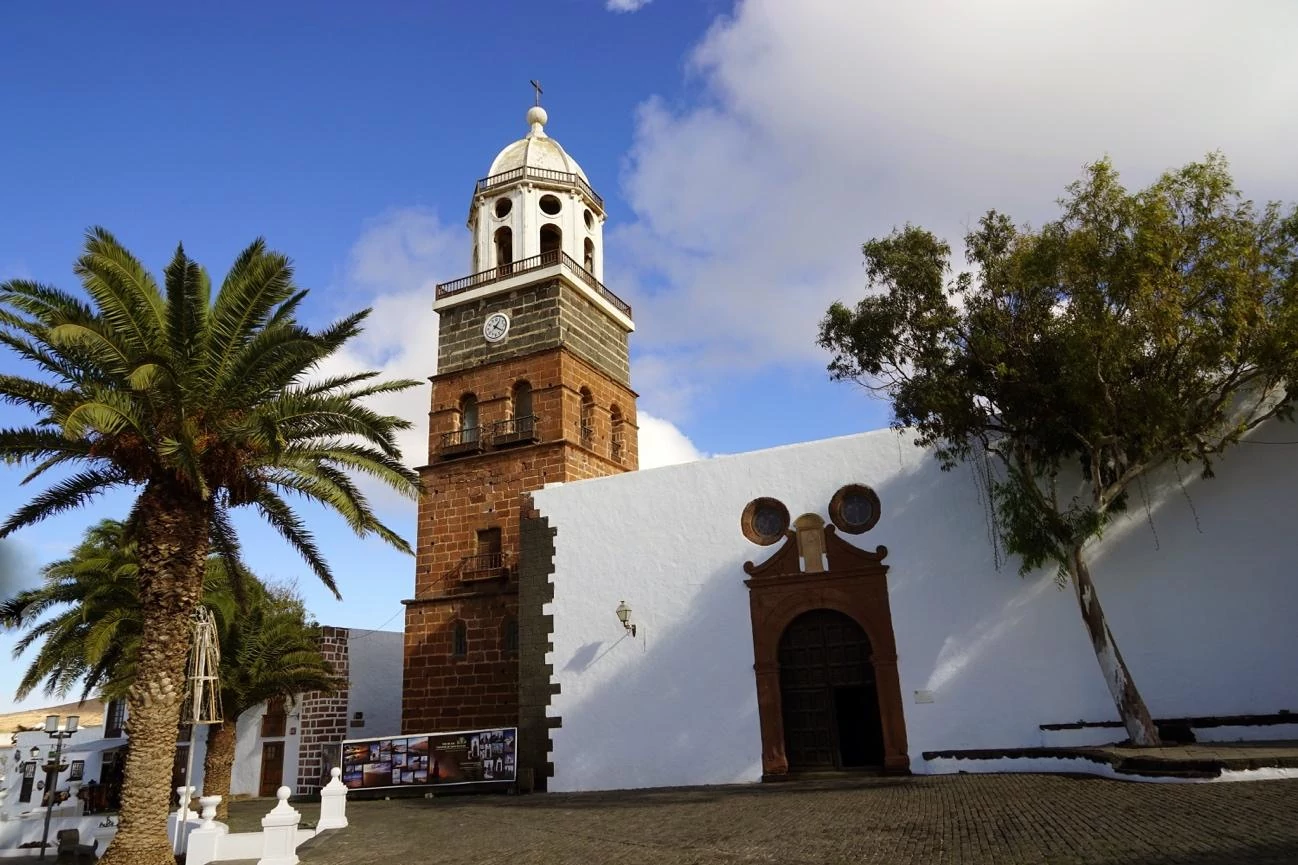
Nevertheless, Lanzarote is so much more than just a year-round beach destination with its volcanic landscapes reminiscent of Mars and villages that embody the island’s traditions, where art and culture are living, breathing things. What’s more, its people are without a doubt one of the island’s greatest treasures.
A history of eruptions
In ancient times – about 2,000 years ago – Lanzarote was inhabited by people of Berber descent called Majos. Grazing, fishing and agriculture were their main forms of livelihood.
A European first set foot on Lanzarote in 1312: the Genoese Lancelotto Malocello, who the island is believed to have been named after. It was later in 1402 when the Norman Jean de Bethencourt began the conquest of the archipelago on the island by order of the Spanish crown. This is how Lanzarote became part of the Kingdom of Castile. Jean de Bethencourt’s nephew, Maciot, thus became the first governor of Lanzarote in 1407, marrying Princess Teguise. In 1584, Agustín Herrera y Rojas was granted the title of the first Marquis of Lanzarote by mandate of King Philip II.
Lanzarote has a long history with piracy, as it was ravaged by pirates during the 16th, 17th and 18th centuries, including Sir Walter Raleigh, who attacked the island in 1616.

However, if there’s anything that has shaped both the lives of the people of Lanzarote and its landscape, it was the volcanic eruptions of Timanfaya. These occurred between 1730 and 1736, and are responsible for the island’s topography at present.
Timanfaya, a lunar landscape amidst volcanoes
Volcanic eruptions on the island have had a great impact on the island’s topography and landscapes. The highest peak is found 670 metres above sea level and is called Peñas del Chache.
Timanfaya National Park is the perfect showcase for the stunning beauty of its natural environment. It has an area of a little more than 50 km² where you can see more than 25 volcanoes, aside from lava fields and other volcanic formations that are wonderfully conserved.
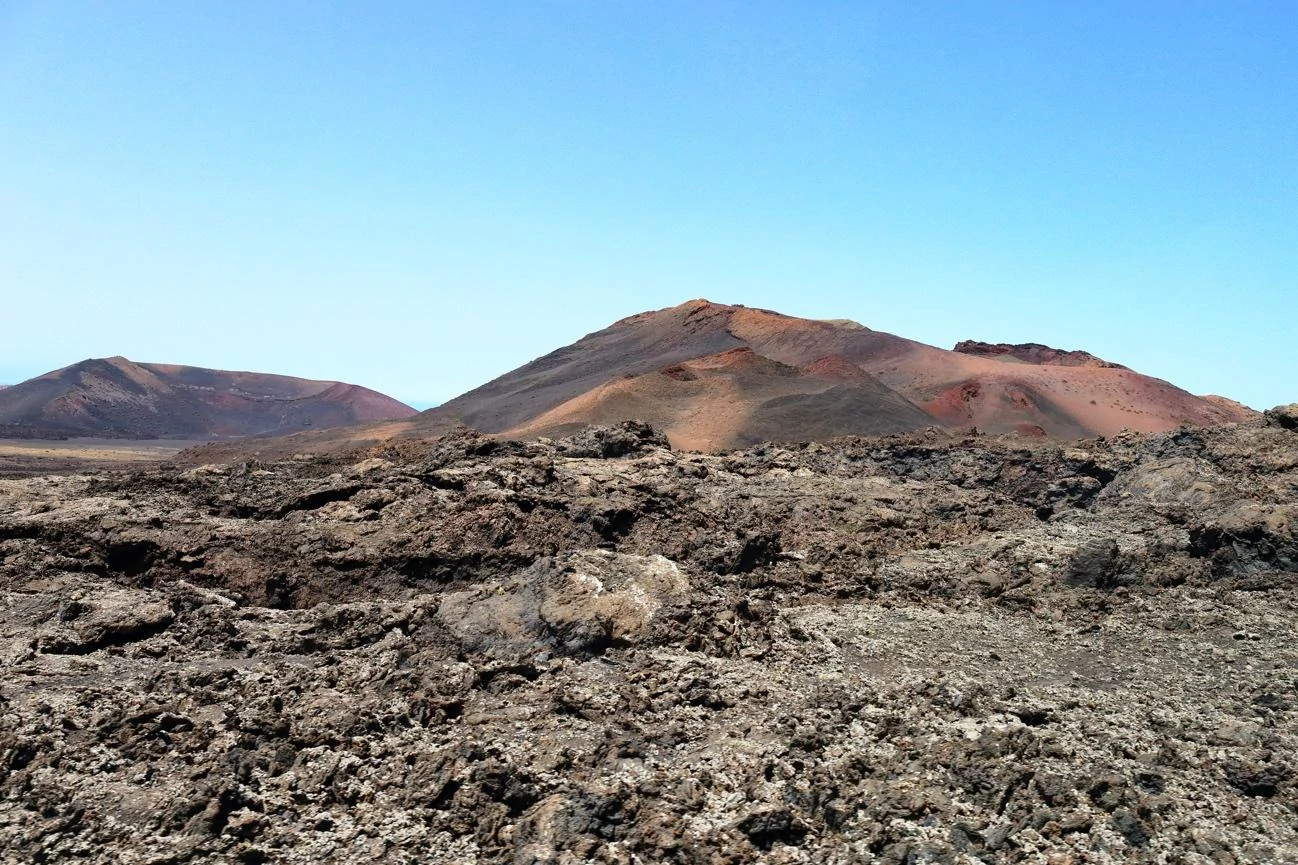
Lanzarote is home to a rich array of flora and fauna with plenty of endemic species. In addition, the island has been at the forefront of the Canary Islands in terms of environmental awareness, as shown by its pioneering legal framework to attain the perfect balance between tourism development and preservation of the natural environment. In this regard, the artist César Manrique had a great influence on this achievement on the island. Lanzarote, like the rest of the Canary Islands, is governed by the Cabildo Insular (island council), a body exclusive to the archipelago that deals with governmental matters.
Líneas Romero has a wide range of routes to take you by ferry between some of its most famous beaches, and between other islands. We also have tours departing from Lanzarote to the islands of La Graciosa and Fuerteventura. There’s no better way to explore the Canary Islands!
Get away by sailing the Atlantic and exploring these breathtakingly natural islands that will captivate you.
Charming beaches
There’s no doubt that the beaches of Lanzarote are one of the biggest draws for everyone who visits Lanzarote. Whether they’re golden sand beaches, black sand beaches or small coves, the island has something for everyone who wants to soak up some sun, take a dip or engage in water sports.
Playa de Papagayo
Playa de Papagayo, one of the best beaches on Lanzarote, is found inside the Los Ajaches Nature Reserve. It’s an idyllic beach that’s right in the middle of nature yet a mere 5 minutes away from the coastal village of Playa Blanca. It’s absolutely perfect if you’re looking for a cove that’s sheltered from the wind, as the small crag it’s on lets you enjoy more of the sun. The views it offers are also among its strong points, as you can enjoy views of Lobos Island and the silhouette of Fuerteventura while on it.
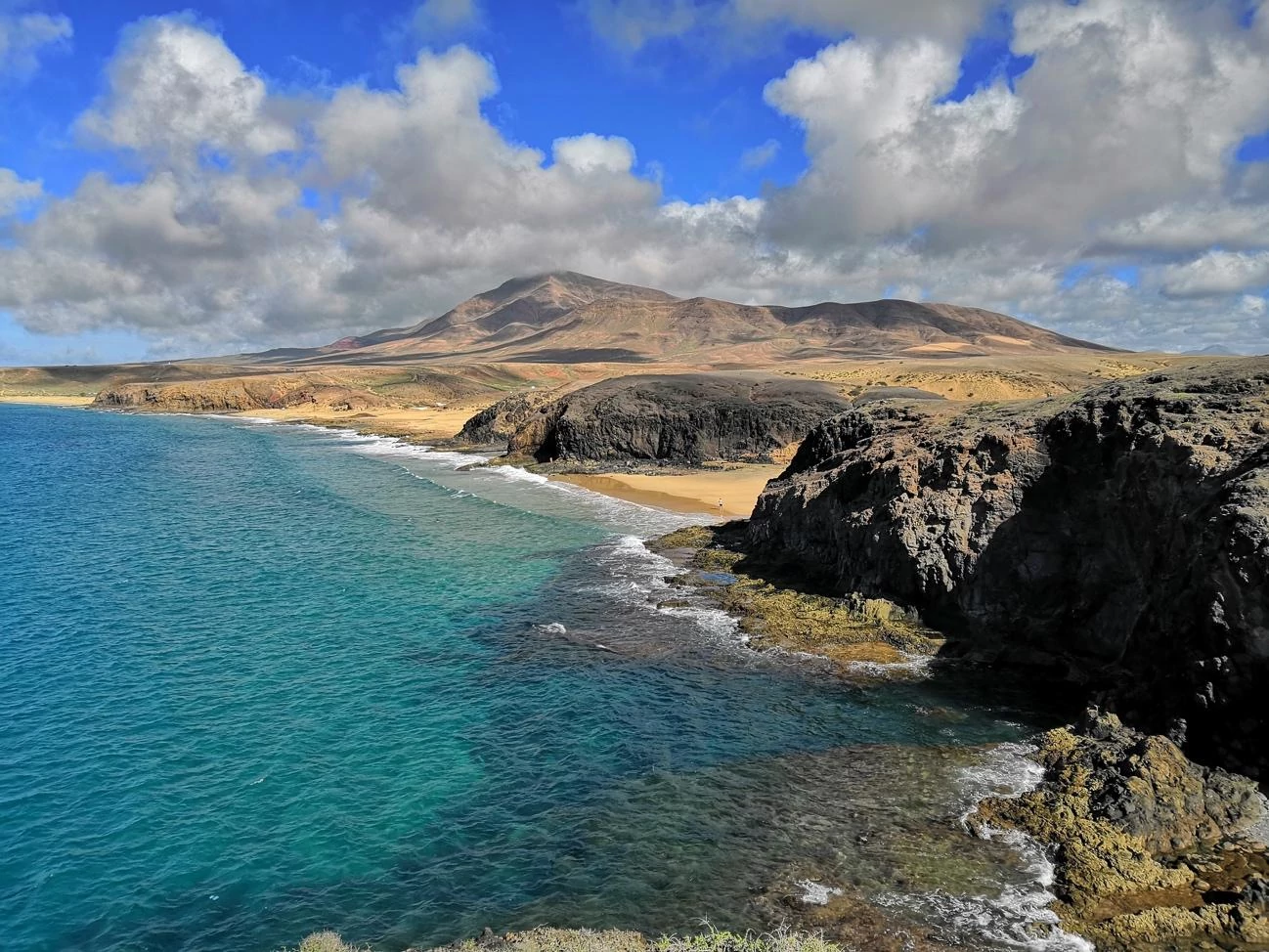
You’ll also find two must-visit beach areas nearby: El Pozo and Playa Mujeres. Despite not being the best known or most Instagrammable, they have a long stretch of golden sand and the crystal-clear, turquoise waters characteristic of the south of the island. The calmness of the sea and their atmosphere make them perfect for sunbathing and swimming.
Famara
Six kilometres of coastline beneath an imposing crag create a breathtaking scene that everyone simply falls in love with. The trade winds that blow on Famara beach make it the perfect spot for all lovers of surfing, kitesurfing and other water adventure sports. There’s a sea breeze that soothes everyone who decides to go for a walk along the beach, soak up some sun or take a dip.

If you like this beach, then we also recommend Playa del Risco. It boasts 500 metres of coastline beneath the Risco de Famara cliffs, where tranquillity reigns supreme. There are two ways to get there: hiking down the Camino de Los Gracioseros, which takes about 40 minutes, or getting there by boat. Whether you’re on Playa del Risco or Famara, you can enjoy the views of the Chinijo Archipelago right in front of you.
Arrieta
Arrieta, also called ‘La Garita’, is one of the best beaches to the north of Lanzarote. Stretching almost one kilometre long, it’s one of the best beaches to go to with children, as they can safely enjoy its waters. There are toilets and changing rooms nearby, making everything so much easier for a day out on the beach with the entire family. There’s also a beach bar, where you can enjoy a drink or have a bite to eat.
Playa Grande
When the subject of family-friendly beaches on Lanzarote comes up, Playa Grande is invariably mentioned. Located in the resort town of Puerto del Carmen, it stretches more than one kilometre long, creating an amazing setting with its golden sand and turquoise waters. It’s the perfect beach for families, as it has showers, parking, lifeguards and a sunbed and parasol hire service. What’s more, after a day at the beach, you can stroll along the wide promenade, which has plenty of shops and restaurants to keep you busy.
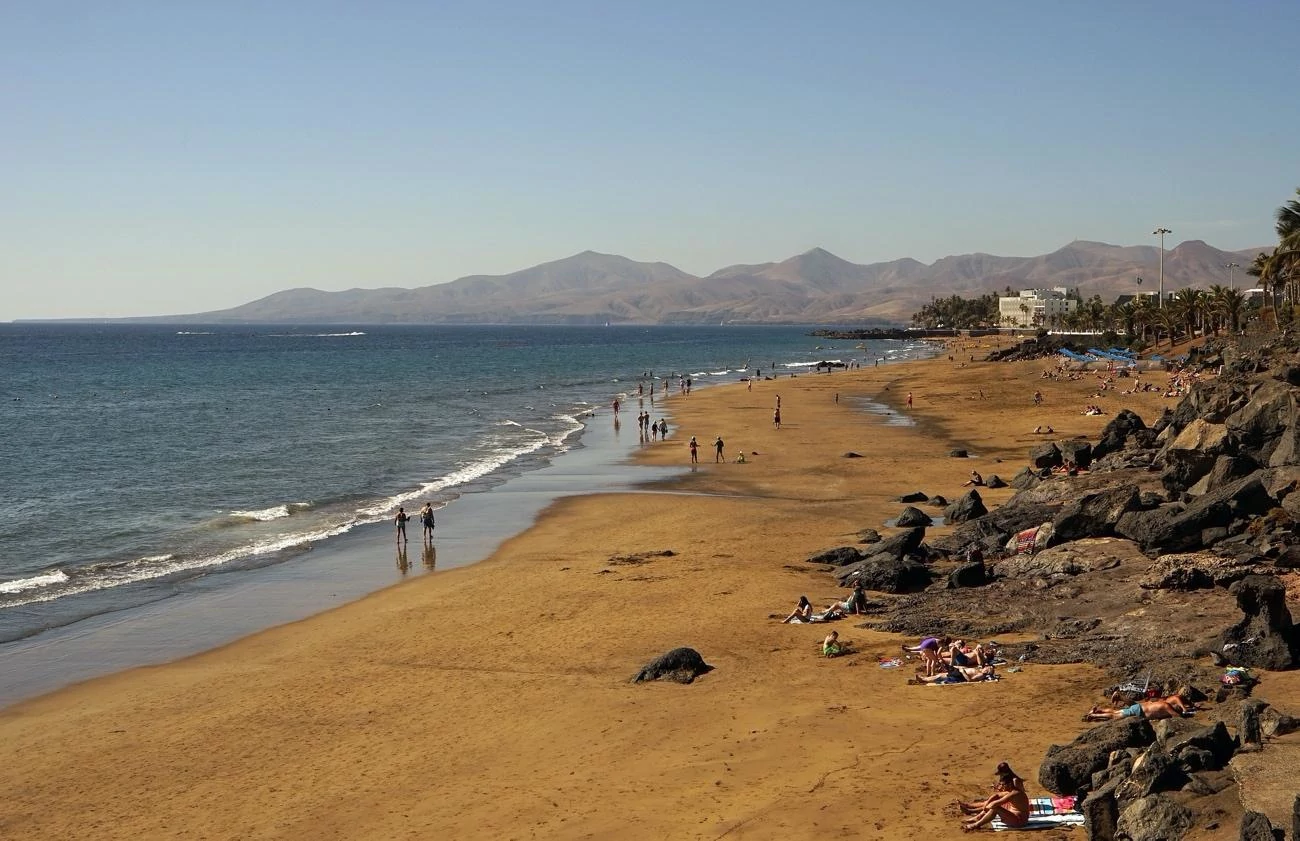
A stone’s throw from the Chinijo Archipelago
Lanzarote offers magnificent views of the Chinijo Archipelago, a group of islands and islets located in the northeast of the Canary Island Archipelago. This protected natural area is comprised of La Graciosa, Alegranza, Montaña Clara, Roque del Este and Roque del Oeste. All the islets are found within the Chinijo Archipelago Nature Reserve, which was recognised as a protected area in 1986, and reclassified and designated a special protection area (SPA) for birds in 1994.
La Graciosa
La Graciosa is the only island in the Chinijo Archipelago that’s inhabited. Located northeast of Lanzarote, it features an unspoilt volcanic landscape and fantastic beaches for water sports such as kayaking and snorkelling. With Líneas Romero, you can get there from the port of Órzola (Lanzarote). To make the most of your trip, we recommend the “I Love La Graciosa” tour, where you can enjoy a day trip on a catamaran, with paella, an open bar and different activities.
Alegranza
The island of Alegranza is the northernmost island of the Chinijo Archipelago and all the Canary Islands. It’s also this archipelago’s second-largest island after La Graciosa, with an area of 10.30 km². It is currently owned by the Martinón-Jordán family. This is why the only way to get there is by private boat.
The island is home to the Caldera de Alegranza, a large volcanic structure with a crater that’s 1.1 km in diameter at an altitude of 289 metres above sea level. Scopoli’s shearwaters nest here, with the highest breeding density in the Canary Islands and Spain.
Montaña Clara
Montaña Clara is one of the islets comprising the Chinijo Archipelago, which has an area of 2.7 km². Just like everything else that’s part of the archipelago, it reports to the Teguise (Lanzarote) municipal authorities and is owned by the heirs of Mariano López Socas, former mayor of Haría, who bought the island in 1957.
It’s of volcanic origin, as with the rest of the Canary Islands. It’s home to different species such as Eleonora’s falcons, ospreys, Scopoli’s shearwaters, Canarian shrews or white-faced storm petrels.
Roque del Este
Roque del Este is one of the other islets making up the Chinijo Archipelago, located in the Atlantic Ocean, northeast of Lanzarote. It has a small area, but two heights jut out on opposite ends of the islet: the tallest one to the north is 84m high and is known as El Campanario; the other one to the south is no more than 63m high.
Its fauna includes the Atlantic lizard (Gallotia atlantica), as well as the Madeiran storm petrel, Bulwer’s petrel, Scopoli’s shearwater (Calonectris diomedea), little shearwater, white-faced storm petrel and European storm petrel.
Roque del Oeste
The last islet comprising the Chinijo Archipelago is Roque del Oeste. With an area of 0.06 km² and a maximum elevation of 41m, this island of volcanic origin has a rugged appearance and black soils. Several plant species such as the sea grape (Zygophyllum fontanesii) and sweet tabaiba are found here.
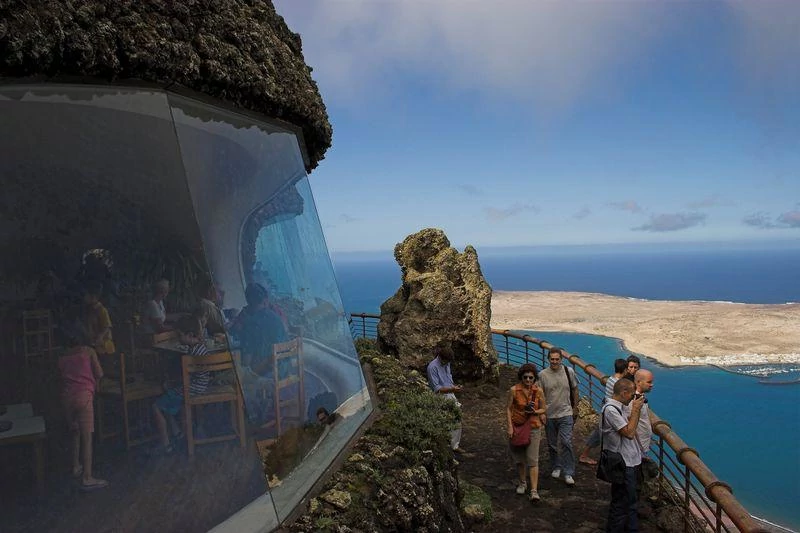
You can take in amazing views of this incredible archipelago from the Mirador del Río in Lanzarote. This work by artist César Manrique, a native son of Lanzarote, rises 400 metres above sea level, on the Risco de Famara cliffs. It’s one of his most iconic works and it seamlessly blends into its surroundings while boasting a viewpoint from where visitors can enjoy these islands and islets, whose colour contrasts beautifully against the blue of the ocean.
Líneas Marítimas Romero 2024
